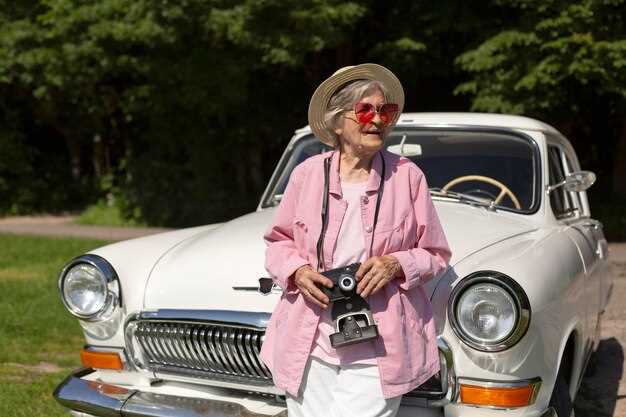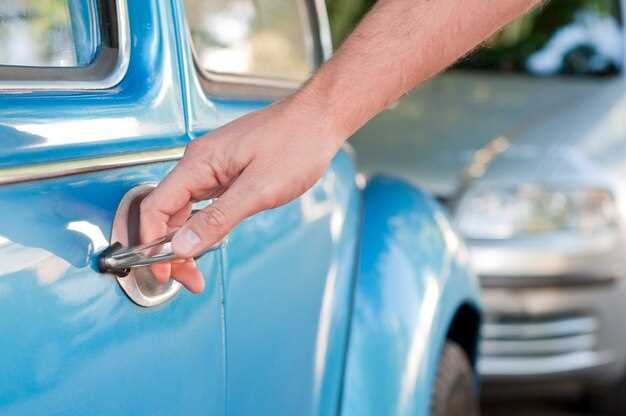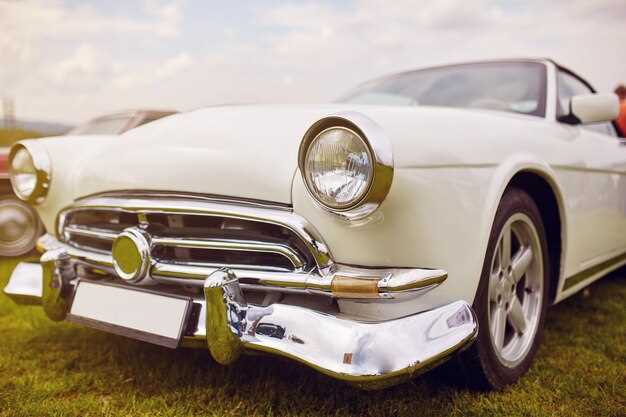
Owning a classic car can be a rewarding experience, but the cost of insuring such vehicles can sometimes be a significant burden for enthusiasts. Classic cars often hold sentimental value and are seen as investments, which can lead to higher insurance premiums. However, there are various strategies that can help lower these costs while still providing adequate coverage.
Understanding your options is the first step in reducing your classic car insurance expenses. Many insurance providers offer specialized policies tailored for vintage cars, which can be more affordable than standard auto insurance. These policies often come with unique benefits that cater to classic car owners, such as agreed value coverage and limited mileage discounts.
Additionally, maintaining comprehensive records of your vehicle’s condition can be advantageous. Documenting all repairs, restorations, and modifications not only helps you maintain your car but also supports your case for lower premiums. Insurers typically reward well-documented vehicles with better rates, recognizing their care as indicative of lower risk.
Choosing the Right Coverage Type for Your Classic Car
Selecting the appropriate insurance coverage for your classic car is crucial for protecting your investment while managing costs. Unlike standard vehicles, classic cars often require specialized coverage that reflects their unique value and usage.
Start by considering agreed value coverage, which is essential for classic cars. This type of policy allows you and the insurance provider to agree on the car’s value at the policy’s inception. In case of a total loss, you will receive the agreed value rather than the depreciated market value, ensuring that you are compensated fairly for your vehicle.
Another relevant option is classic car insurance, specifically designed for antique or vintage vehicles. These policies typically offer lower premiums compared to standard auto insurance, as they cater to cars that are driven less frequently. They may also include specialized coverage options like spare parts replacement or coverage for car shows and exhibitions.
Consider the usage of your classic car when selecting coverage. If it is primarily used for shows or weekend drives, a pleasure use policy could reduce your premiums. In contrast, a policy designed for daily driving might come with higher costs due to increased risk.
Lastly, evaluate any additional coverage options that may be beneficial, such as roadside assistance or coverage for custom parts and accessories. These add-ons can offer peace of mind and financial protection if you encounter unexpected issues.
Taking the time to thoroughly understand and choose the right coverage type for your classic car ensures that you maintain adequate protection while keeping insurance costs manageable.
How to Take Advantage of Discounts and Bundling Options

Lowering your classic car insurance costs can be achieved through various discounts and bundling opportunities. Understanding these options not only saves money but can also enhance your coverage. Here are effective strategies to maximize potential savings.
First, explore available discounts. Many insurance companies offer discounts for factors such as having a clean driving record, completing driver safety courses, or belonging to classic car clubs. These clubs often partner with insurers to provide special rates for their members. Always inquire about these potential discounts when obtaining quotes.
Next, consider bundling your classic car insurance with other policies. Insurers frequently provide discounts when you combine auto insurance with home, renter, or life insurance. Not only do you simplify your insurance process by dealing with one provider, but bundling can also lead to substantial savings on your overall premiums.
Take advantage of loyalty programs as well. If you have been with the same insurance provider for several years, inquire about loyalty discounts. Many insurers reward long-term customers with lower rates or special promotions, which can further help in reducing costs.
Additionally, consider increasing your deductible. A higher deductible can lower your premium significantly. However, ensure that you select a deductible that you are comfortable with in the event of a claim. Balancing your deductible and premium is crucial for sustainable savings.
Finally, regularly review your policy and coverage needs. As your situation changes, you may discover that certain coverages are no longer necessary, which can also result in cost reductions. By being proactive and revisiting your insurance options periodically, you can ensure that you are always getting the best deal possible.
Maintaining Your Classic Car to Reduce Premiums

Keeping your classic car in optimal condition is not only crucial for its longevity but also plays a significant role in lowering your insurance premiums. Regular maintenance can demonstrate to insurers that you are a responsible owner, reducing the likelihood of accidents or claims.
1. Regular Inspections: Schedule periodic inspections and maintenance services. This includes checking the engine, brakes, and suspension. By ensuring all components function properly, you decrease the risk of breakdowns and accidents, which can lead to higher premiums.
2. Document Everything: Keep detailed records of all maintenance and repairs. Insurers may offer discounts for cars that have been regularly serviced, as this decreases the chances of claims. Having a comprehensive maintenance log can serve as proof of your commitment to care for the vehicle.
3. Quality Parts and Services: Use high-quality parts and professional services for any repairs. Low-quality repairs can lead to future problems and increase the risk of accidents, which could raise your insurance costs.
4. Store Securely: Always park your classic car in a secure location, preferably in a garage. This not only protects the vehicle from theft and vandalism but may also qualify you for discounts with several insurance providers.
5. Reduce Mileage: Limit the number of miles driven annually. Lower mileage can significantly reduce the risk of accidents, as less travel equates to fewer opportunities for incidents. Consider joining clubs or participating in events that emphasize car shows rather than daily use.
6. Improve Safety Features: Upgrading safety features such as adding modern brakes, seat belts, or alarm systems can also help. Insurance companies typically reward enhancements that improve driver safety and lessen the chance of claims.
7. Consider Usage: Depending on your usage, you might want to explore limited-use or classic car insurance policies. These options often come with lower premiums since they are designed for vehicles that are not used as primary transportation.
By staying proactive with maintenance and ensuring your classic car is in excellent condition, you can not only preserve its value but also effectively lower your insurance premiums.
